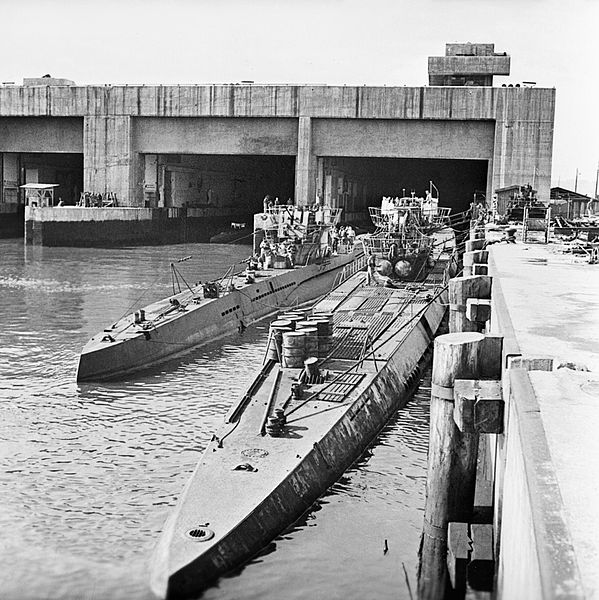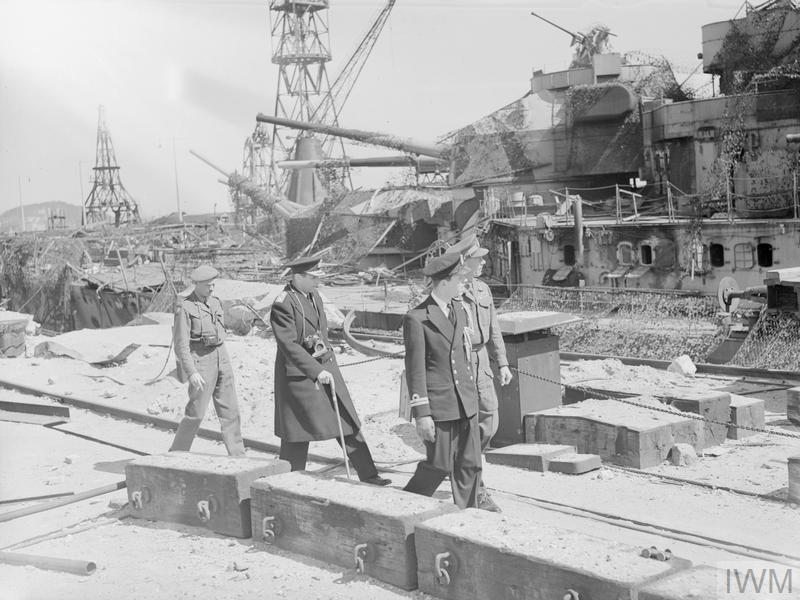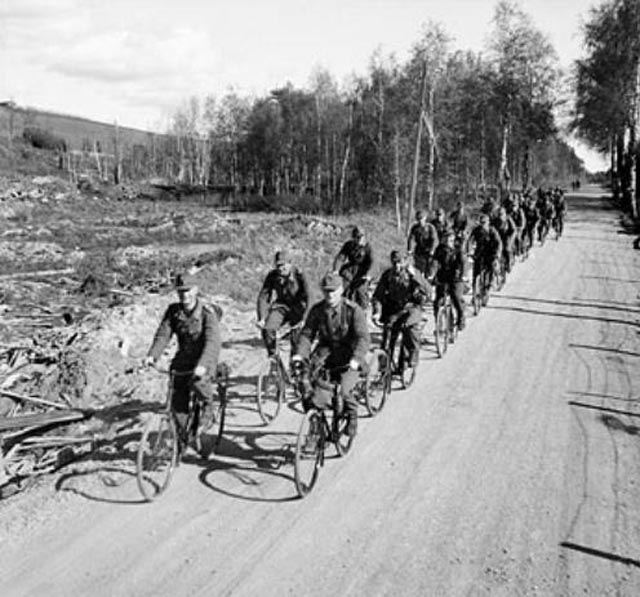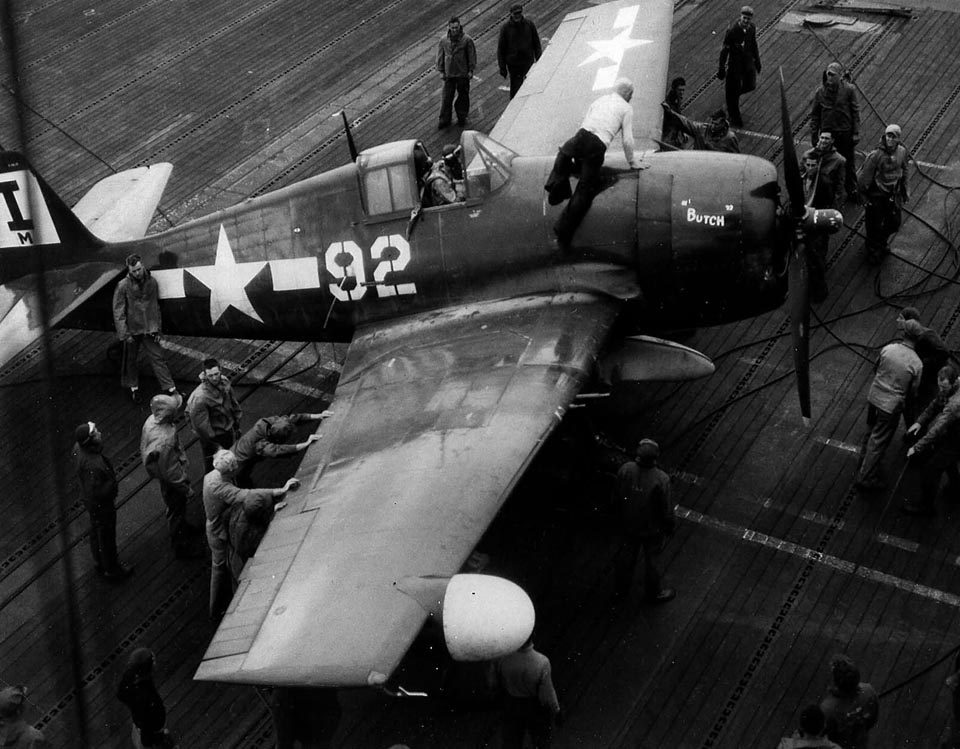Air Operations, CBI
CHINA- 4 341st Medium Bomb Group B-25s attack warehouses and rail facilities at Kaifeng.
- 1 B-25 attacks Shanhsien.
- Nearly 90 14th Air Force fighter-bombers attack withdrawing Japanese Army units and numerous other targets across southern and eastern China.
Air Operations, East Indies
- XIII Bomber Command B-24s attack the Oelin airfield on Borneo.
- B-24s and XIII Fighter Command P-38s attack Tarakan Island.
Air Operations, Formosa
- 102 V Bomber Command B-24s attack shipping and port facilities at Kiirun, but many bombs strike residential neighborhoods.
- B-25s sweep western Formosa.
- V Fighter Command fighter-bombers attack the Giran, Heito, and Tainan areas.
Air Operations, Japan
- 272 XXI Bomber Command B-29s attack aircraft-industry targets at Tachikawa. 14 B-29s attack other targets.
- 4 B-29s are lost.
- Only 1 of 8t 28th Composite Bomb Group B-25s dispatched is able to attack targets in the Kurile Islands.
- 1 B-25 is lost and another lands in the USSR.
Air Operations, Philippines
- V Bomber Command B-25s and A-20s, and V Fighter Command fighter-bombers support US 6th Army ground forces throughout Luzon.
- XIII Fighter Command P-38s support US 8th Army ground forces on Cebu.
Air Operations, Ryukyus
US Navy and Marine Corps aircraft support US 10th Army ground forces on Okinawa.
[China
Japanese forces abandon the port of Foochow on the Chinese coast. Japanese-occupied Chinese ports have become untenable since the US capture of the Philippines, putting US air bases within striking range of Chinese coastal towns such as Amoy and Swatow, which have also been deserted by the enemy.
[Diplomatic Relations
Stalin denies the Polish leaders in Moscow were arrested for political reasons.
[Eastern Front
CZESHOSLOVAKIAThe Red Army annihilates the last pocket of German Army resistance in Bohemia. The war on the Eastern Front is over.
CENTRAL SECTORThe Soviet Army destroys the last pocket of organized German resistance in Bohemia.
[Germany, Home Front
Dr Alfred Rosenberg, the unofficial 'philosopher' of the Nazi party, is arrested in Flensburg.
[Middle East
The arrival of French troops touch off demonstrations in Syria and Lebanon.
[Okinawa
In the US III Amphibious Corps sector, the 1st Marine Div continues the battle for Wana Ridge. There is also fierce fighting in the XXIV Corps sector where small American units are attacked on Ishimmi Ridge and suffer heavy losses before they are able to withdraw. Units of the US 381st Inf advance on the Sugar Loaf. Japanese artillery fire has grown intense during the past days. The Japanese commander, Gen Mitsuru Ushijima, orders Rear-Adm Minoru Ota's seamen to launch a 'special' counteroffensive to re-take the Horseshoe. A number of suicidal attacks are launched, starting at 9:30p.m. But the 4th Marine Regt repulses them, killing over 500 Japanese.
US ships damaged in the day's action include the destroyer escort Vammen (DE-644) and the oiler Cimarron (AO-22) by grounding.
[Pacific
- After attacking an escorted Japanese tanker, The British submarine Terrapin is badly damaged by depth-charges.
- The Japanese merchant cargo ship Daishin Maru (6880t) is sunk and the light cruiser Kashima damaged when the two ship collide in Tsushima Strait.
Philippines
On Luzon in the US I Corps sector, the 25th Division begins mopping up in the area north and west of Santa Fe. In the XI Corps sector there is little activity by the 152nd Infantry against Woodpecker Ridge, while the 43rd Division mops up around the Ipo dam, where all Japanese resistance has ceased.
[The Cost of the Russo-German War
Four years of brutal fighting had finally come to an end. During the various campaigns Germany, one of Europe's foremost military powers, had been absolutely destroyed and the Soviet Union, a fledgling military state in 1941, had risen to be a world super-power.
It can reasonably be argued that the campaign in Russia was the most decisive campaign of the Second World War. In losses alone the scale of the conflict is overwhelming. Germany lost 1,001,000 killed, 1,287,000 missing and 3,968,000 wounded while 1,500,000 surrendered to the Red Army at the end. Some 98 German divisions were wiped out during the fighting 56 surrendered between 1941 and 1944 and 93 at the close of hostilities. Germany's allies suffered equally severe casualties, the Hungarian military losing 136,000 killed and 250,000 wounded, while 300,000 civilians lost their lives. Rumania lost 71,000 killed, 310,000 missing and 243,000 wounded fighting alongside the Ostheer and another 170,000 killed, wounded and missing fighting for the Soviets. More than 340,000 Rumanian civilians lost their lives. Bulgaria suffered 32,000 military and 50,000 civilian casualties.
The Soviet Union suffered by far the greatest lost of any combatant, 13,500,000 military personnel being killed or captured. Of 6,000,000 captured a fraction survivied. Ever after liberation their ordeal was not over, many being imprisoned by Stalin for surrendering to the Germans. Another 18,000 were wounded while the civil population lost more than 10,000,000. The successful Soviet campaigns during the late stages of the war still cost the Red Army dear. More than a million men were killed or wounded, 140,000 losing their lives in Hungary, 70,000 in Rumania, 140,000 in Czechoslovakia, 26,000 in Austria, 102,000 in Berlin and 10,000 in Yugoslavia. The Polish 1st and 2nd Armies lost 40,000 men fighting alongside the Russians.
Any number of theories on the causes of the German defeat, the manner in which the conflict was fought and the other aspects of the war have been promoted. This book does not seek to deliver any conclusions, but to record the sacfifices and the daily military history of the war, to give the reader the knowledge of the battles so that with that knowledge, history will not be repeated.
Images from May 19, 1945
|
|
|
|



